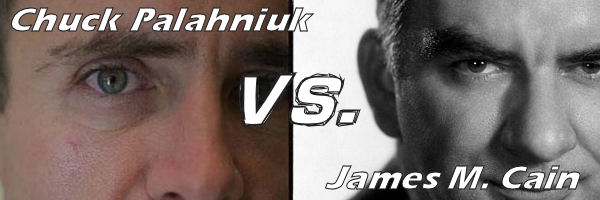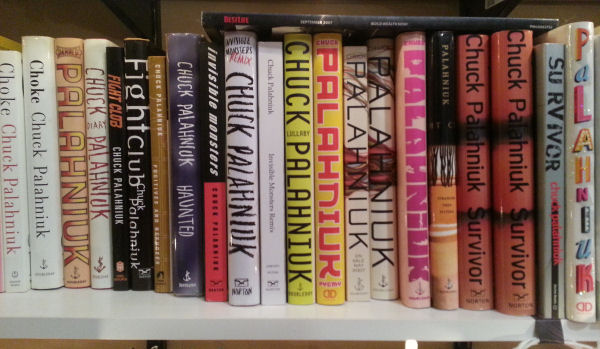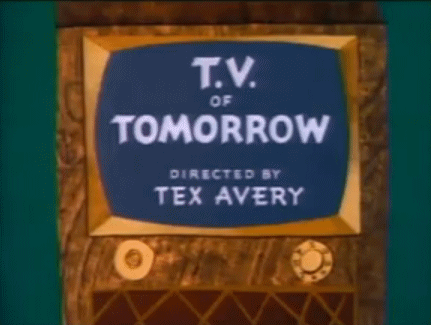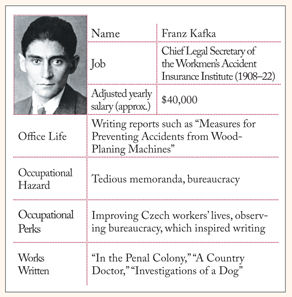James M. Cain’s “Pastorale” vs. Chuck Palahniuk’s “Guts”


A few nights ago, when reading the James M. Cain short story “Pastorale,” I was struck by a scene that seemed very Chuck Palahniuk-ian[1]. A dead man is pulled out of a frozen lake; the man fell through the thin ice atop the lake when trying to retrieve the severed head of a man he helped kill earlier in the story.
But unlike a Chuck Palahniuk story, “Pastorale” kept going. The shock was not the climax.
 I’m not sure why I immediately forced a comparison to Chuck Palahniuk. The writers, and their work, are completely different. I suppose the use of shock, which I consider a very Palahniuk thing, was used in “Pastorale” in a way that I wasn’t ready for.
I’m not sure why I immediately forced a comparison to Chuck Palahniuk. The writers, and their work, are completely different. I suppose the use of shock, which I consider a very Palahniuk thing, was used in “Pastorale” in a way that I wasn’t ready for.
It’s important to state up front that I love Chuck Palahniuk’s writing. I’ll read every novel he writes, even if they continue to be as bad as his last few. This post isn’t a condemnation of his writing, but rather a critique of his storytelling by way of comparison to the author of, what some have called, one of the best novels of all time.
For a shocking image to resonate beyond the original ick value the story context, specifically the characters within the story, must be able to exist beyond the shock. Yes, the image of the frozen man/severed head in “Pastorale” has inherent potency, but the story around it beautifully builds to the image, and more importantly continues on afterwards without the reader ever feeling like he is simply enduring an unnecessary, extended denouement.
By contrast, a Chuck Palahniuk story is, well, Palahniuk-ian, partly because the shock value plays such an important role in the overall experience. Again, that’s why I love him. But when it comes to straight storytelling, with characters a reader is meant to empathize with, Palahniuk has nothing on Cain[2].
Let’s compare the context-supported icy severed head image in “Pastorale” with what is perhaps the most well-known Palahniuk story, “Guts.” Like “Pastorale,” “Guts” contains a very shocking image, so shocking that it has caused more than 60 people to faint. That image: a boy forced to chew through his intestine to avoid drowning in a swimming pool.
The intestine boy image is supported not by the character of the boy himself, but rather by a series of unfortunate events that leads up to the image. Palahniuk’s trademark rhythm of minimalist, straightforward commentary underscored by poignant observations contributes significantly to the experience. Take this example:
Knotted inside the snake, you can see corn and peanuts. You can see a long bright-orange ball. It’s the kind of horse-pill vitamin my dad makes me take, to help put on weight. To get a football scholarship. With extra iron and omega-3 fatty acids.
It’s seeing that vitamin pill that saves my life.
It’s not a snake. It’s my large intestine, my colon pulled out of me. What doctors call “prolapsed.” It’s my guts sucked into the drain [Guts, pg 18]
This is this literary version of that horror movie cliché. What’s that noise?…Oh, it’s just the cat…[villain suddenly appears]…STAB! Nobody cares who the victim is. Likewise, nobody cares about the identity of the boy getting his intestines sucked out by a pool filter. We want to see blood. We want to see undigested corn kernels.
“Pastorale,” by contrast hinges around a man and a woman’s illicit affair and the somewhat mentally deficient accomplice, Burbie. See how I described that? It’s possible to describe the story without even mentioning the severed head. To describe “Guts,” however, requires a mention of underwater organ gnawing.
To be fair, perhaps Palahniuk’s intention all along was to simply be shocking. Perhaps he’s not as concerned with crafting a character the reader cares about (and hasn’t been since Diary). Perhaps narrative arc isn’t a primary concern. I respect that for what it is. Here’s proof:

I’m not immune to the lure of shock. In fact, I leverage the inherent power to shocking imagery in most of my work. My goal isn’t to leave a reader with only the sense of shock. My goal is to make the story itself so compelling that the shocking image can almost be forgotten. Check out my work. Spend just a few small dollars to read one of my books. Then tell me in the comments how dumb I am. Click over to my novels page to read more about what I write.
Or, bypass my novels page and head straight to my Amazon.com author page to buy one of my novels. Might I recommend Stranger Will, As a Machine and Parts, or I Didn’t Mean to be Kevin?
[1] Yes, I know that Palahniuk came way after James M. Cain. Still, the scene reminded me of Palahniuk.
[2] I haven’t read every Cain story. I have read almost every Palahniuk story. If there are some shitty Cain stories out there, let me know.



